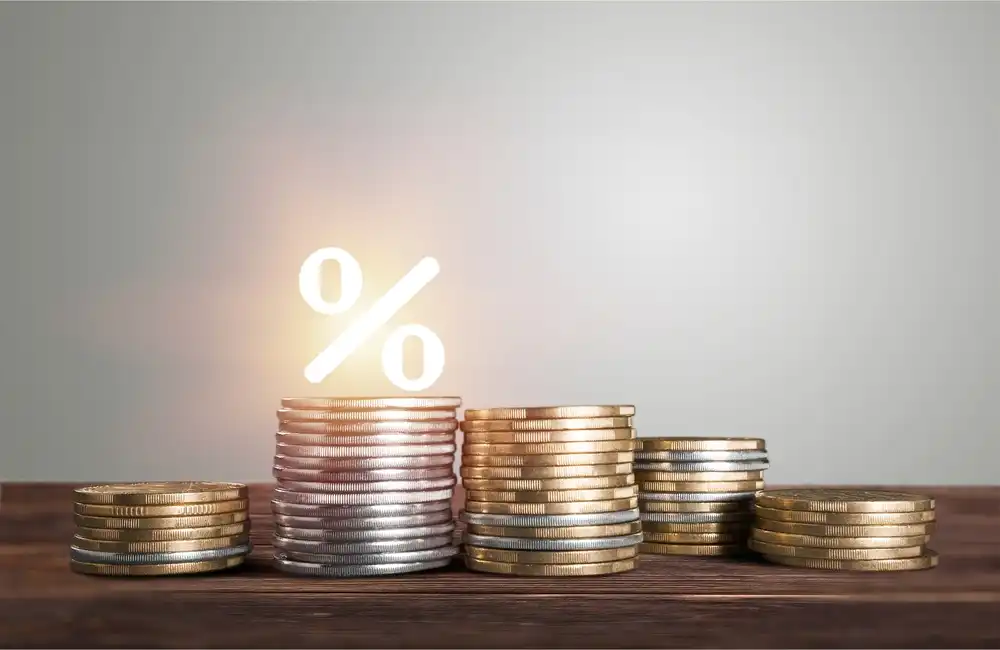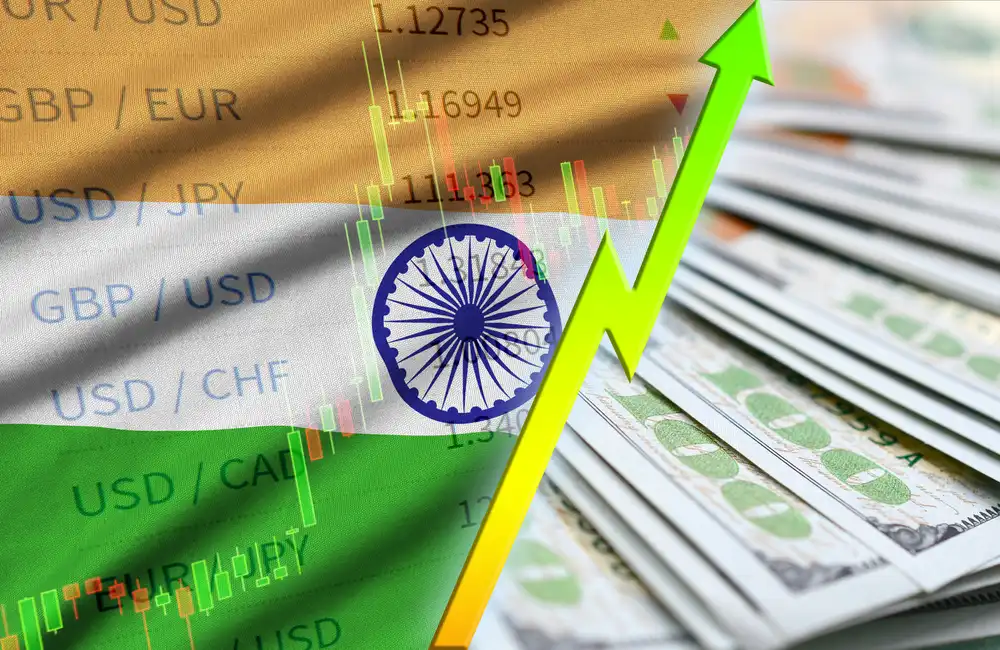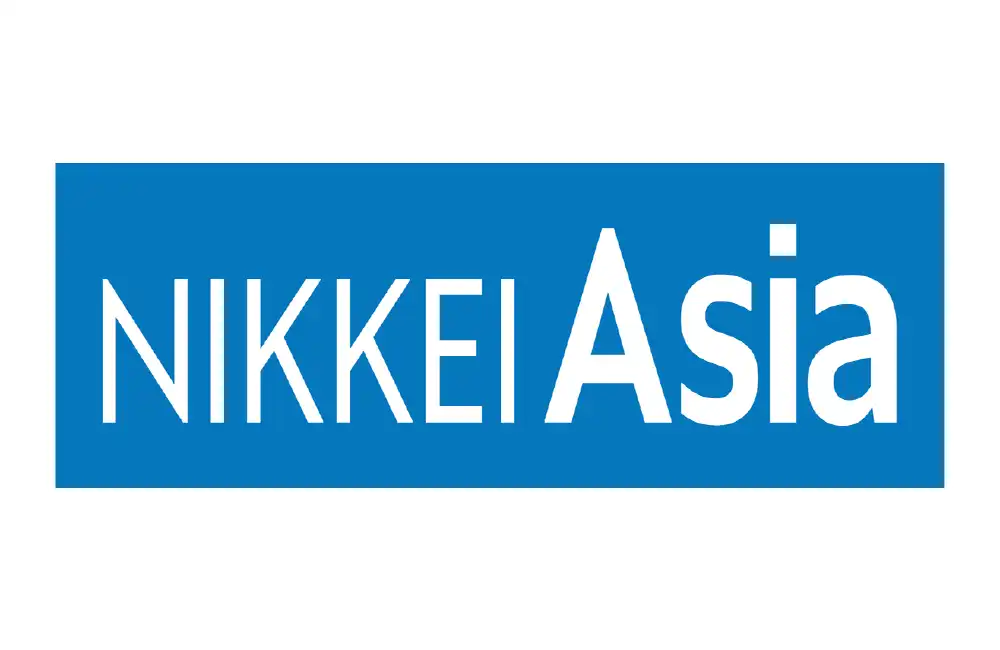In April 2025, copper prices face dual pressures from potential U.S.-China tariffs and rising Chinese import premiums.
Global Copper Market Faces Uncertainty Amid U.S.-China Trade Tensions
The global copper market faces price instability at both the London Metal Exchange (LME) and the Shanghai Futures Exchange (ShFE) due to growing trade tensions between the U.S. and China together with rising Chinese demand for imports. As the Yangshan copper premium experiences sharp increases, traders and investment funds face uncertainty while tariff threats create concerns about future supply chains and trade operations.
Yangshan Premium Jumps Amid Chinese Demand Surge
Based on Reuters data, the Yangshan copper premium, which reflects Chinese import demand, rose from $35 to $87 per tonne in the last few months. The substantial increase represents strong Chinese demand, which intensifies as the country aims to stockpile supplies in response to possible trade restrictions. The increase in the premium demonstrates a constrained physical market situation, which results from higher import costs due to growing domestic dependence on refined copper products.
The increased premium escalates the challenges faced by traders as they attempt to perform arbitrage between global copper rates on the LME and Chinese local prices on the ShFE. The current situation generates margin-related concerns for global funds, making their hedging strategies more challenging.
U.S.-China Tariff Threat Looms Over Market Availability
The U.S.-initiated tariff tensions, which threaten increased duties on Chinese copper products, add complexity to the current market environment. Analysts state that immediate supply chain disruptions will occur at the micro-level, but the macroeconomic effects will have greater significance. Extended trade disputes can change global copper distribution channels, which will disrupt the supply of scrap metal and refined materials needed for Chinese trade and across Asian markets.
Tariff uncertainties, coupled with increased imports from China, highlight the unstable conditions facing copper traders because near-term pricing is affected by both geopolitical factors and domestic demand trends.
Backwardation Signals Tight Supply, Stocks Decline
The Shanghai Futures Exchange's ongoing backwardation demonstrates current market tightness. The occurrence of backwardation happens when spot prices exceed futures prices because markets experience acute supply shortages paired with strong demand for immediate delivery. The drop in Chinese copper stock levels during April indicates ongoing supply constraints as visible inventories reach their lowest levels in several months, according to Reuters. The current conditions reveal significant strain on the global copper supply network even as industrial operations continue to expand strongly.
Diverging Price Forecasts Cloud Outlook
Major financial institutions express cautious hopefulness regarding copper prices, although they face rising premiums and diminishing supplies. The financial firm Citi estimates copper prices will average $8,900 per tonne in 2025, thanks to long-term demand stability driven by investments in energy transitions (Reuters). J.P. Morgan has cautioned that continuing tensions between the U.S. and China in trade matters could significantly dampen global demand, while weakening bullish market sentiment.
UK copper-linked equities and base metals funds face a challenging investment landscape due to these varying market projections. Investment funds connected to copper producers and miners need to prepare for increased market volatility because of trade risk factors, even though select producers benefit from higher profit margins due to elevated premiums.
Implications for UK Investors
UK institutional investors and commodity analysts must remain vigilant in the face of the copper market's challenging circumstances. Investors should implement hedging strategies to effectively manage the risks associated with supply chain disruptions and trade tariff volatility. A close watch on global demand patterns, specifically from China's industrial and renewable energy sectors, provides essential information for predicting price trends.
Investment strategies must account for the critical risk posed by ongoing policy uncertainties regarding U.S.-China tariffs. An accurate comprehension of geopolitical factors enables investors to adjust their portfolios to navigate the unpredictability of the commodity market.





















